
If I haven't said it enough (though I'm sure you know this very well by now), I am a big footwear DESIGN nerd.
There are pairs that I completely love that some see as weird or too outlandish. Regardless if it's manufactured in limited quantities or mass produced, Quickstrike or General Release - for me, a shoe's aesthetics come first, especially when there is some sort of innovation backing it.
Today in Nike's Inside Access, we tackle the EVOLUTION OF THE UPPER. Transforming uppers is a key example of Nike Basketball's focus on redefining shoe design since 1972.
Shoe design fuses art with science. It’s a delicate balance of blending breakthrough form with proper function to deliver exceptional performance.
Since 1972, Nike Basketball has been on a quest to create shoes that deliver cutting-edge innovation and bold design. By taking risks and providing athletes with footwear they never imagined, Nike has ushered in a fresh approach to designing shoes.
When dissecting the three fundamental elements of a basketball shoe you have the upper, midsole and outsole. The “upper” of the shoe, the top portion above the sole, is critical to keeping an athlete secure, supported and comfortable. The surface area of an upper also is key real estate for color, graphics and unique performance attributes.
Spanning five decades, the transformation of the basketball shoe’s upper has been dramatic. In 1972, the Blazer was a simple cut-and-sew leather design. In 2012, Nike introduced the revolutionary Kobe 8 System, a completely new interpretation with Nike Engineered Mesh, made to meet the needs of one of the game’s best players.
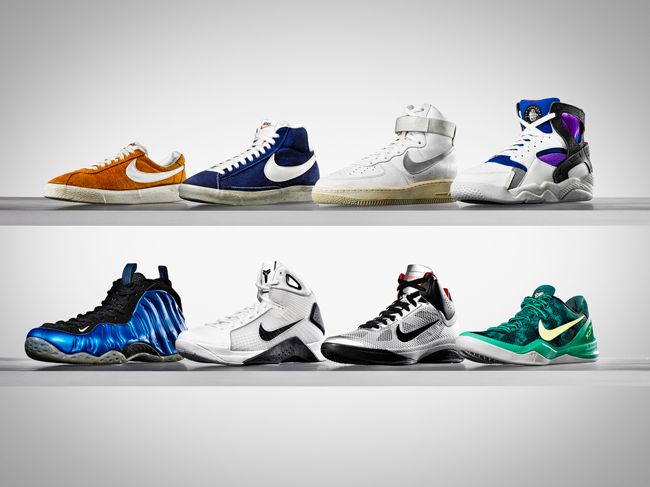
Here is a look back at transformative moments in the evolution of the upper:
///1970s
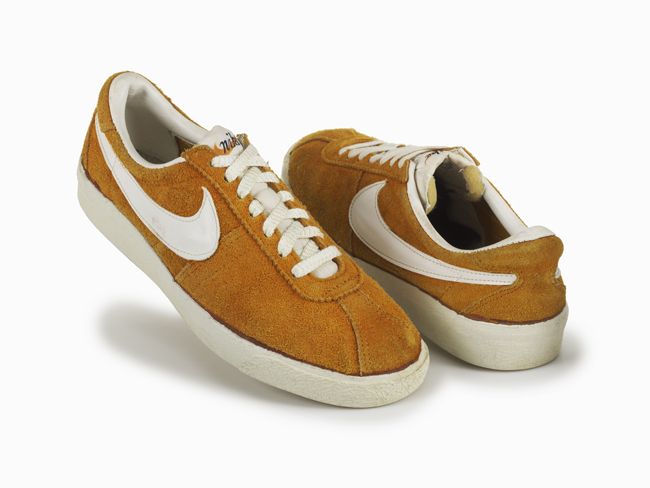
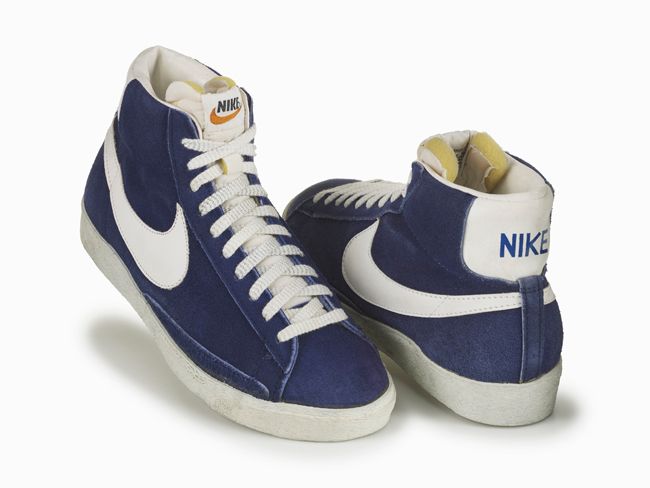
Lightweight and naturally breathable materials such as full-grain leather, suede and canvas dominated the decade on shoes such as the Bruin, Franchise, All Court Canvas and MVP Lo. Design was rooted in performance practicality. Less was more and the looks were timeless.
///1980s
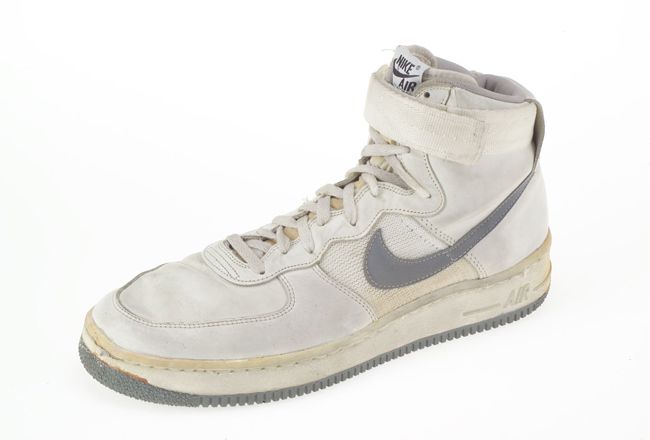
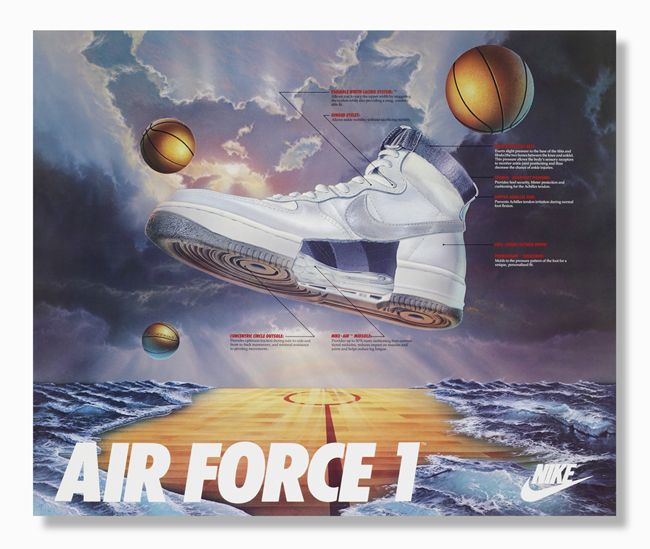
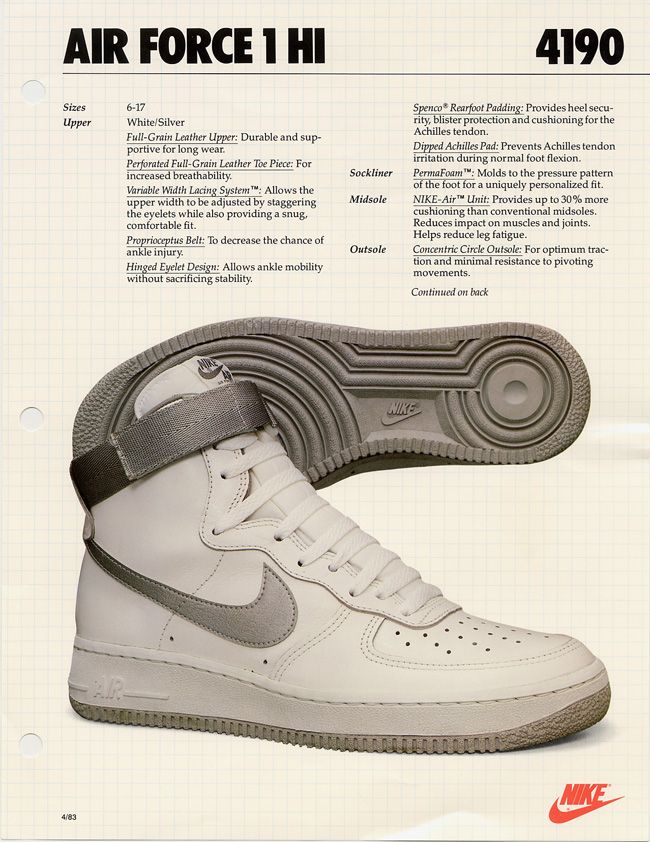
The 1982 birth of the Air Force 1 changed the game forever. Granted, it was the arrival of a Nike Air unit embedded in the sole that shocked athletes, but the shoe’s clean and confident upper made a statement with a contrasting leather-mesh combination. The timeless silhouette and premium upper construction continues to march through the decades with confidence. Despite its multiple layers of support, the AF1’s upper had great breathability, which became a defining design mandate of the 1980s.
This decade introduced a slew of bright, young Nike designers including Tinker Hatfield, who pushed the upper’s aesthetic potential to new levels. The Nike Dunk debuted on the college hardwood in 1986, while the Delta Force, Air Flight and Nike Alpha Force built on the AF1’s iconic upper design. Meanwhile the Air Revolution and Air Force STS literally brought uppers to new heights with collars defining the ‘80s high-top craze. Suede, canvas and leather remained the materials of choice for designers.
///1990s

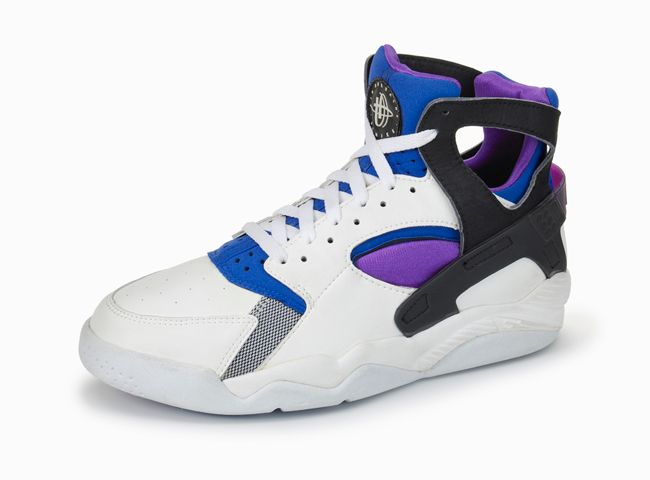
The functionality of a Mayan sandal combined with the Neoprene fit of a water ski… Taking upper design to unexpected places was the goal of Hatfield and his understudy intern Eric Avar as they designed the Air Flight Huarache in 1992. The dramatic exoskeleton and sock-like fit heralded a new way of thinking about shoe design. The Air Raid shoe’s defiant strap, the Air Max2 CB shoe’s aggressive lacing system and smooth fluidity of the Air Penny were just a few of the ‘90s hits. Natural leather was front-and-center until a 1997 shoe came along that flipped upper construction on its head.
“As a design team we never let parameters hold us back,” said Eric Avar, Nike VP Design Innovation. “We’re driven by solving problems, creating the unexpected and trying new things, even designs uncharacteristic of a specific sport.”
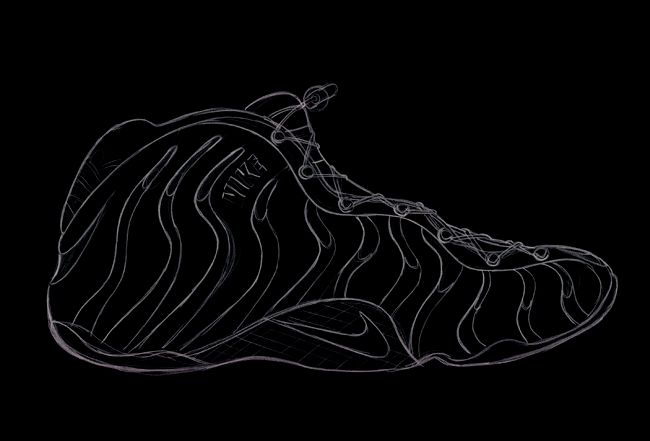

The Air Foamposite I: A masterpiece debuting on college basketball’s grandest stage. A bold aesthetic some equate to a beetle morphed with a roach turned heads and sparked debate. Its iconic upper stands the test of time as a design marvel. It combined Avar’s provocative style with a production process completely revolutionary to this day. Synthetic materials had arrived in 1997 with the advent of the “foams.”
///2000s

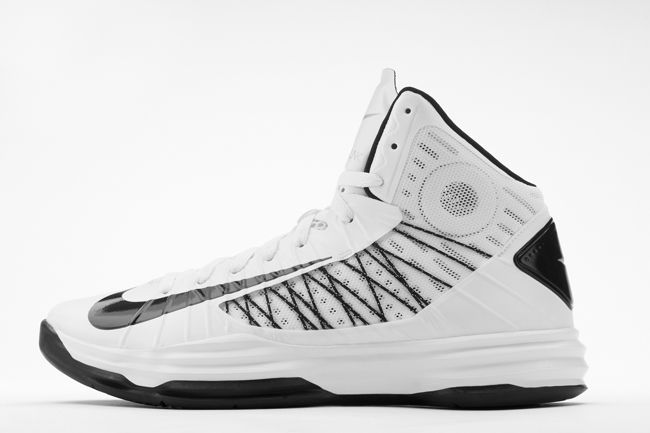
Extravagant uppers blending natural leather with synthetic materials characterized the new millennium’s first decade. Bold was beautiful. A period where exceptions were the norm landed with another Avar design for summer 2008 in Beijing. The Nike Hyperdunk would catapult upper design to entirely new standards. Flywire technology was integrated into a synthetic upper for lightweight, lockdown support for the game’s best athletes on an international stage.
“We had fun in the 2000s, pushing the limits and experimenting where we could take upper design,” said Tracy Teague, Nike Basketball Creative Director. “The Nike Hyperdunk completely changed the game of basketball with its futuristic design.”
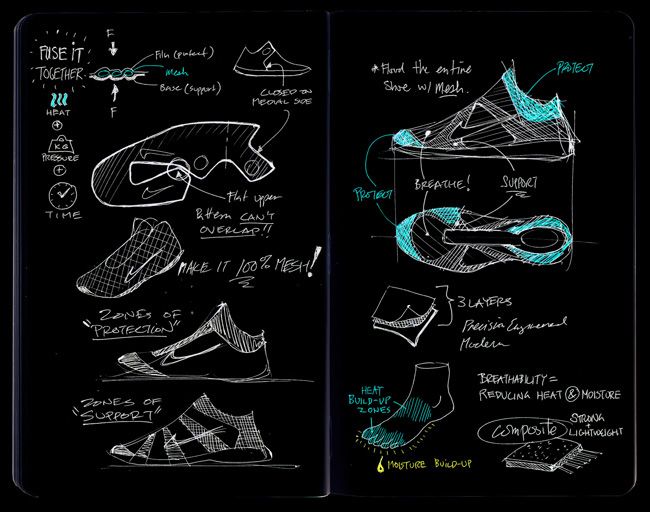

Just two years later, the Nike Zoom Hyperfuse would build on the Hyperdunk shoe’s minimalist approach with a new innovation that literally fused mesh and synthetic layers to create a durable, breathable upper. Inspired by outdoor basketball in China, Nike designers led by Shane Kohatsu established Hyperfuse construction. It remains a leading innovation today: The LeBron X, KD V and Nike Zoom Hyperdisruptor are just a few of the top shoes featuring the latest Hyperfuse construction. With synthetic materials providing designers previously unimaginable options, the days of natural suede, leather and canvas are now history for top performance shoes.
///THE FUTURE

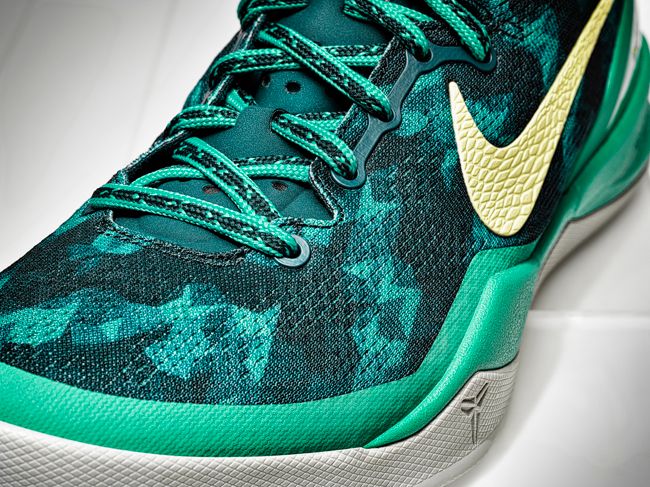
Building on a 40-year legacy, Nike Basketball designers continue to explore new territory for what’s possible in upper design. A case in point is the Kobe 8 System, a low-top shoe that at first glance appears fit for running. It provides solid support and is the first Nike Basketball shoe to introduce Nike Engineered Mesh.
Articulated for the precise movement of the foot, Nike Engineered Mesh has quickly established new rules for basketball shoe uppers. The synthetic mesh with zonal support is incredibly lightweight without compromising strength and durability. At 9.6 ounces (U.S. men's size 9), the Kobe 8 System is a sneak peek into an exciting future for upper design.
“Working regularly with the game’s top athletes like LeBron James, Kobe Bryant, Kevin Durant and Kyrie Irving allows our team to create innovative design to help them perform at their peak,” says Leo Chang, Nike Basketball Footwear Design Director. “Pushing the limits on the design and construction of basketball shoes will always fuel our team.”
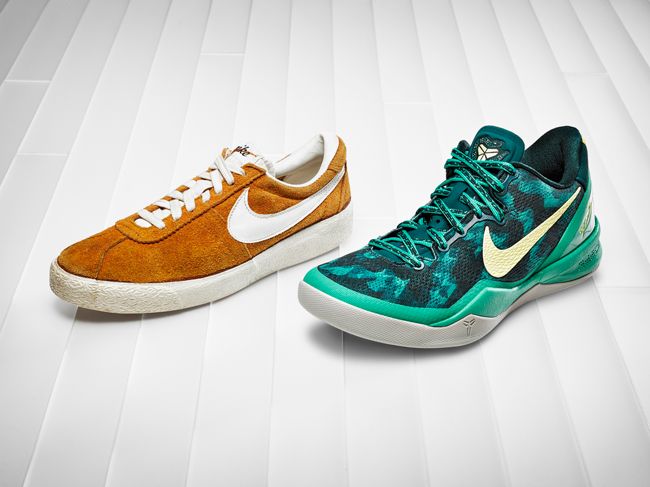
The innovative identity established by Nike in 1972 is not forgotten as Nike Basketball continues to establish new standards for footwear design.

No comments:
Post a Comment